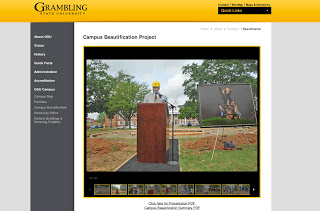Sculpture
A Burn Out At The Foundry
A burn out is when they take the ceramic shell and then “burn out” the wax that is within the shell. That is why this process is often referred to as “the lost wax method of bronze casting.” We will lose the wax in this part and it will be replaced by bronze in the next part. These burn out ovens are some of the largest I have seen.
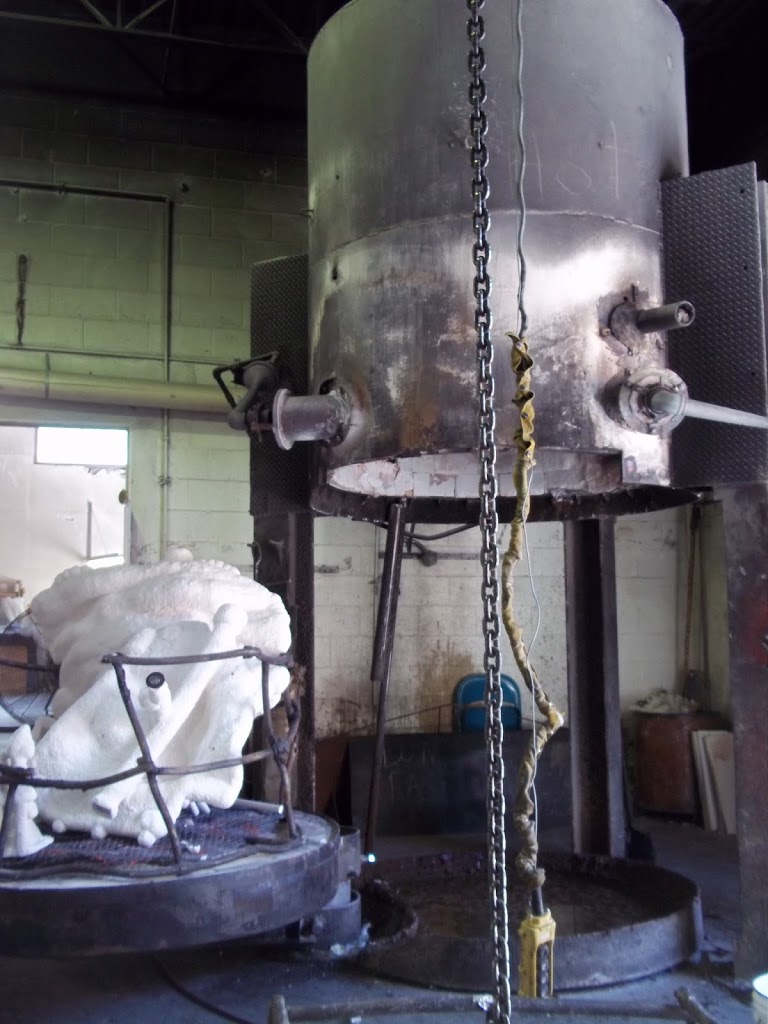
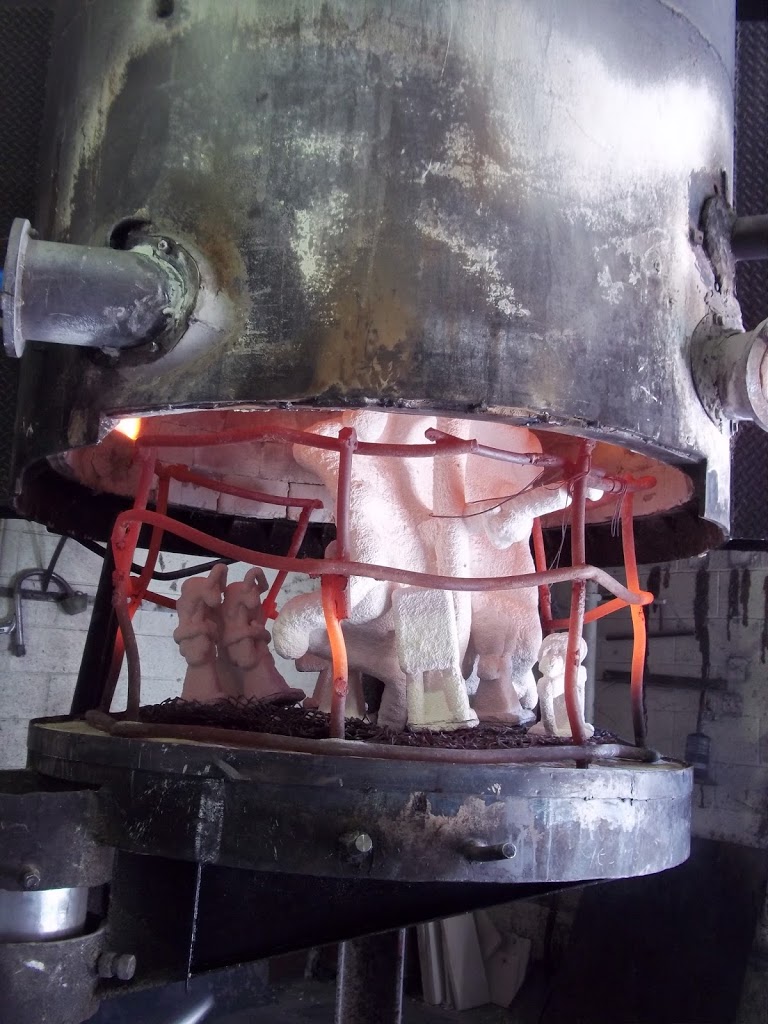
melt, leaving room for the bronze.

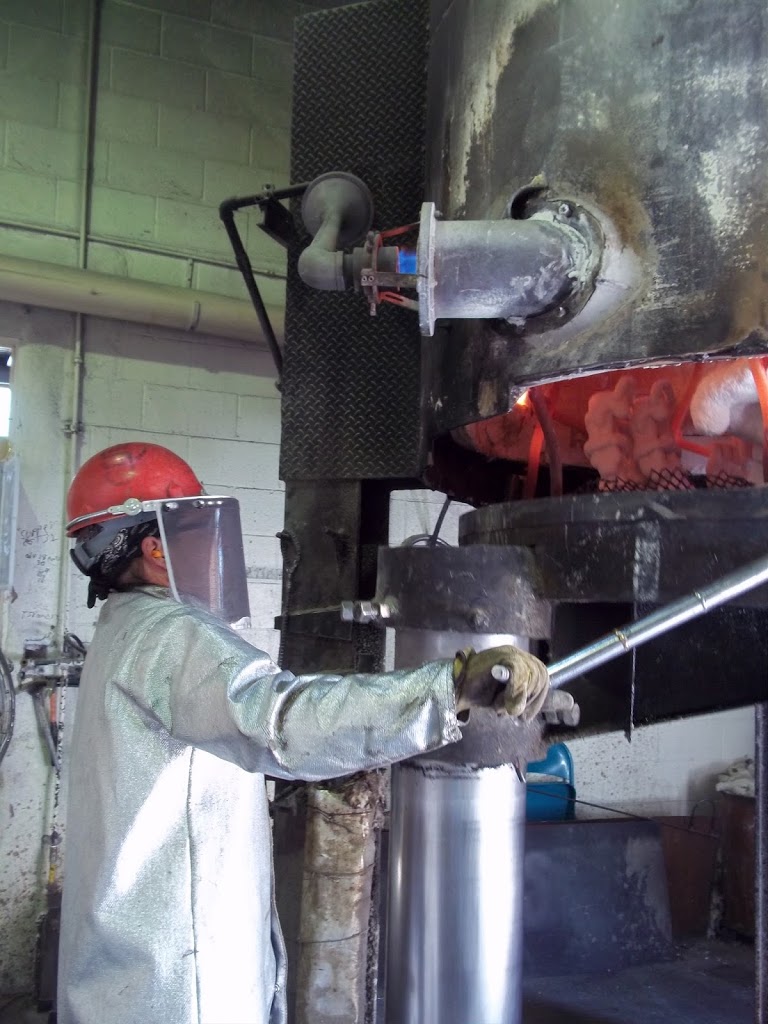
melt, leaving room for the bronze.
Getting To The Tiger YIPPEEE!
Hey, I recognize these piece! Here we have two legs/paws. It is so exciting to see the foundry move from working on the rock to the tiger itself. Wow! They are moving along. I can’t help but wonder if they will make homecoming. Still there are no promises. They said it was a 20% chance, and even if they get finished, I need to go there approve the sculpture, and we need to ship it. So if we are praying for anything pray that “everything ” goes smoothly, even down to the weather when the sculpture is supposed to be in transit.
More exciting pictures to come!
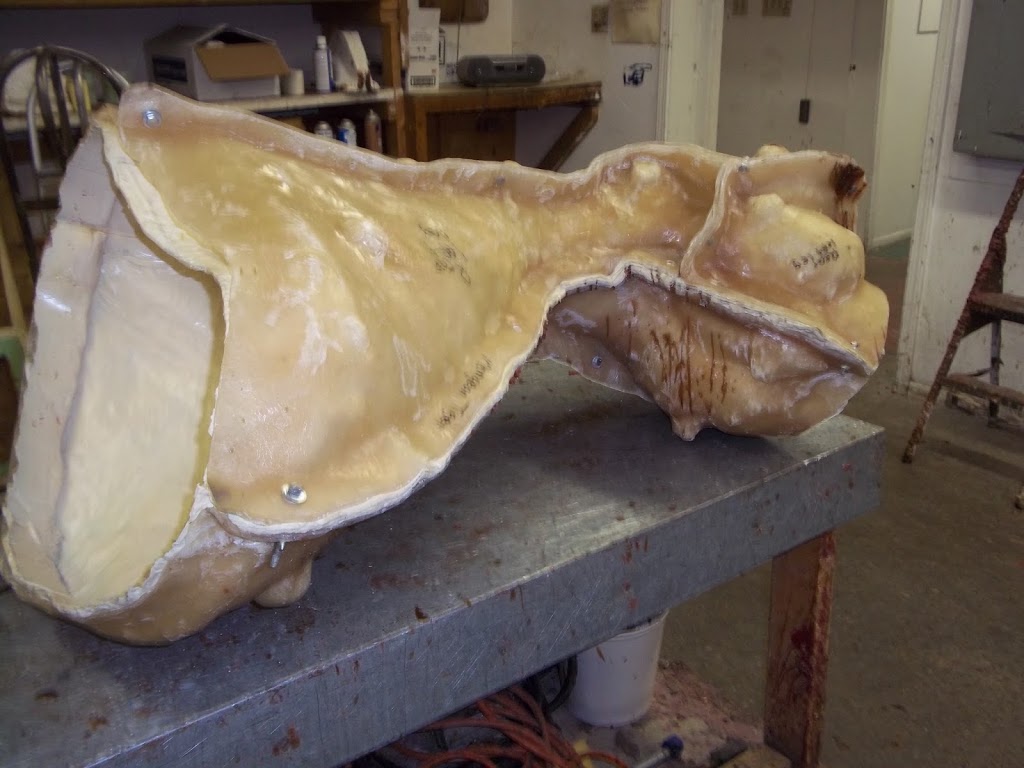
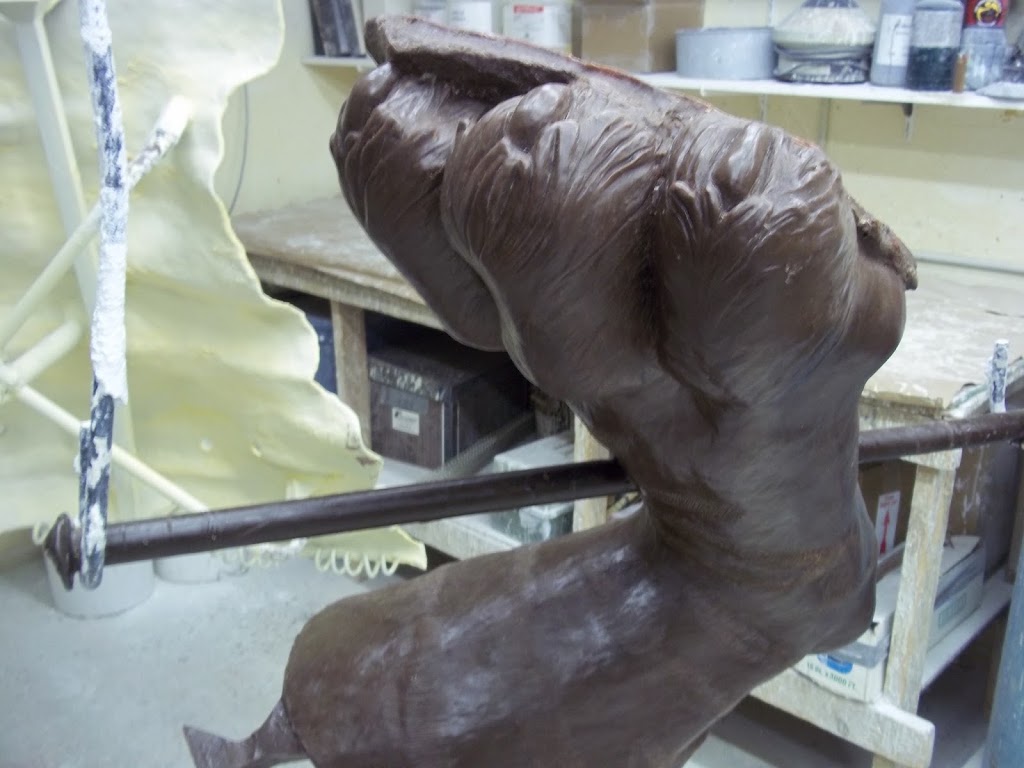
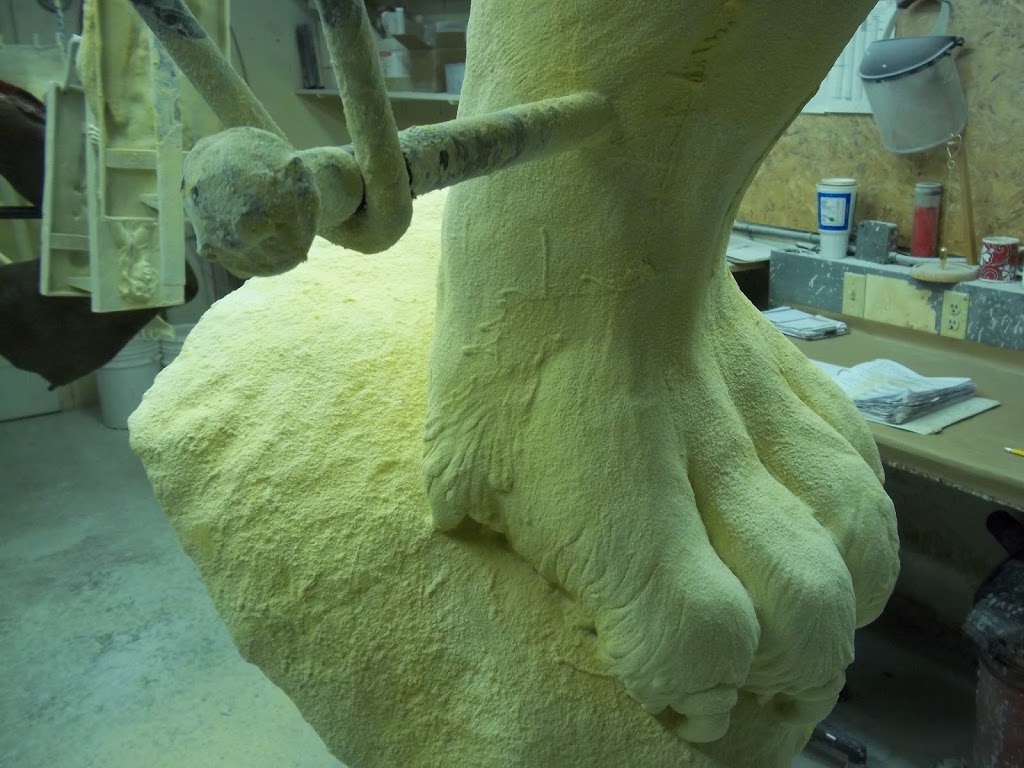
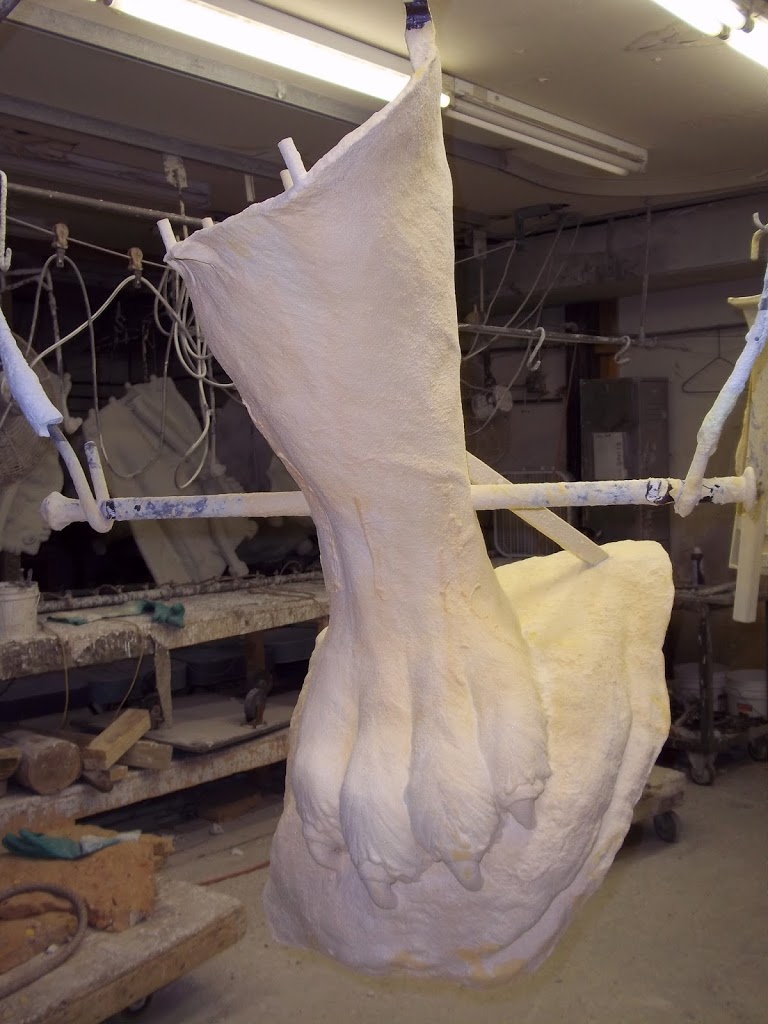
Moving Along at Shidoni Art Foundry
Here are some more pictures from Shidoni Art Foundry. If you remember, in a previous blog post the Foundry poured wax into all of the molds that we sent them. There are many. Once the waxes are poured they are gated up. Each of the pieces needs a pour cup and sprues. The pour cup will be where metal is poured. The wax spures or gates are channels where the gases can escape. Later the cups and spures will be cut away. We saw this in the last post as well. Now, all of these wax pieces need to be dipped in slurry mixture.
Each piece is on a pulley system, that is because they are so large. Each is carried through the wax area on this system and then lowered into the dip. Then it is covered with a sand mixture to create a ceramic shell. There are many coats of this mixture that must go on each wax piece and each piece must dry at a certain temperature. If they don’t create these shells correctly then when they try to pour the molten bronze in them later, they could break. These are all part of the rock that the Tiger climbs on. They are pretty big.




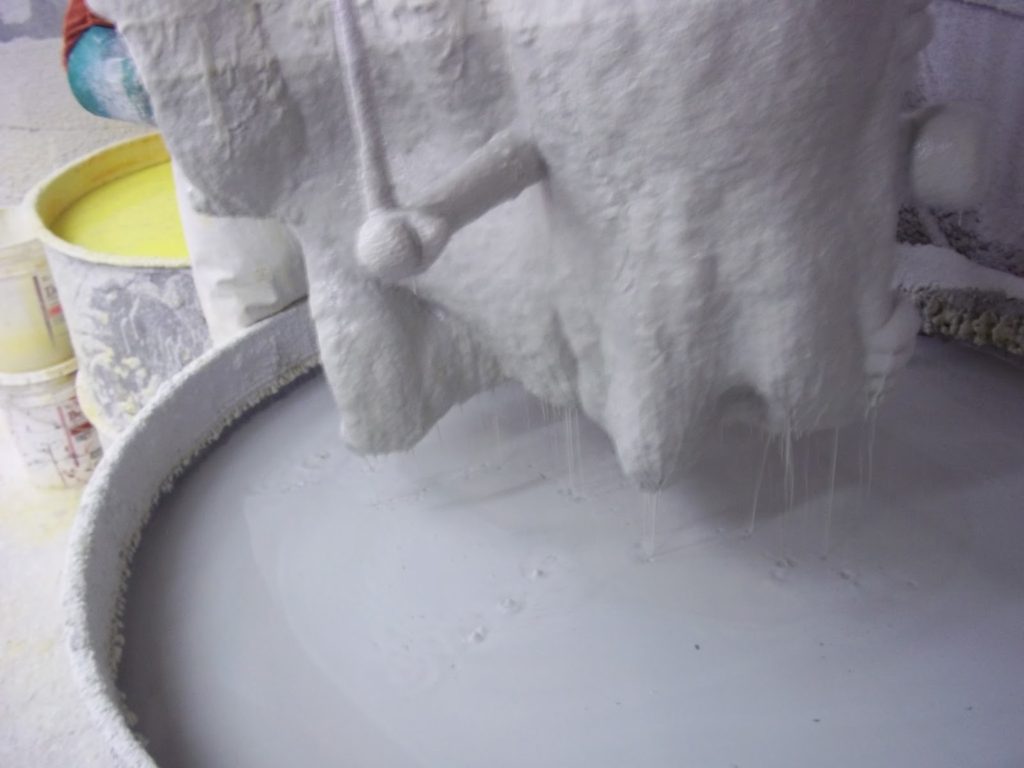
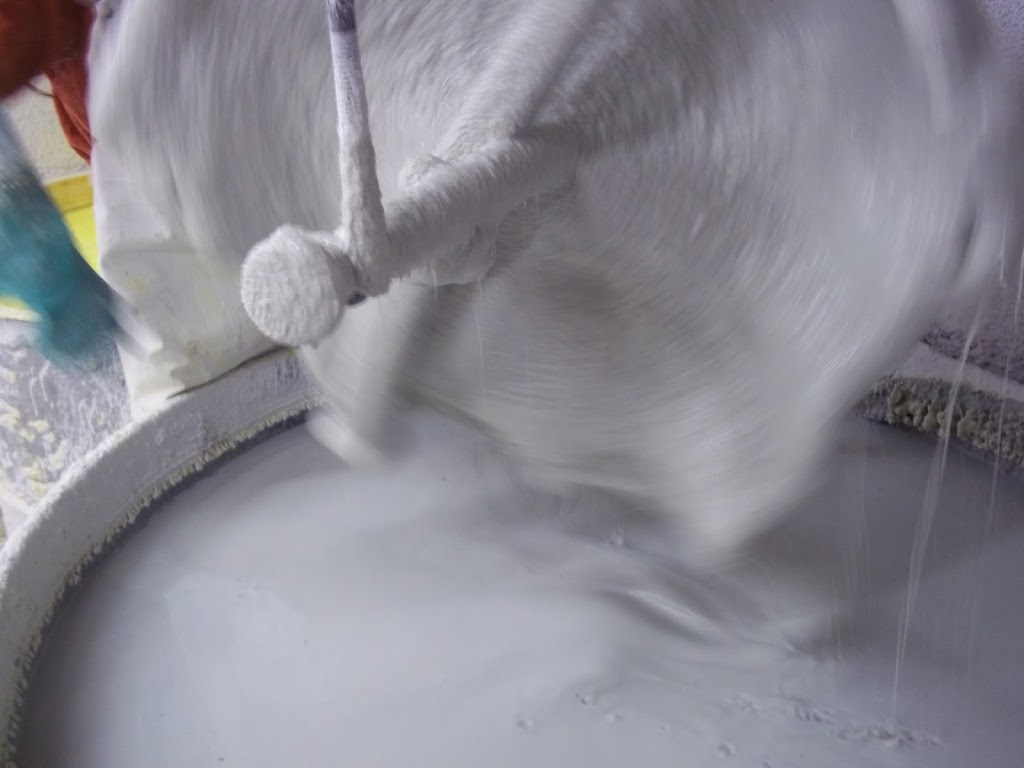
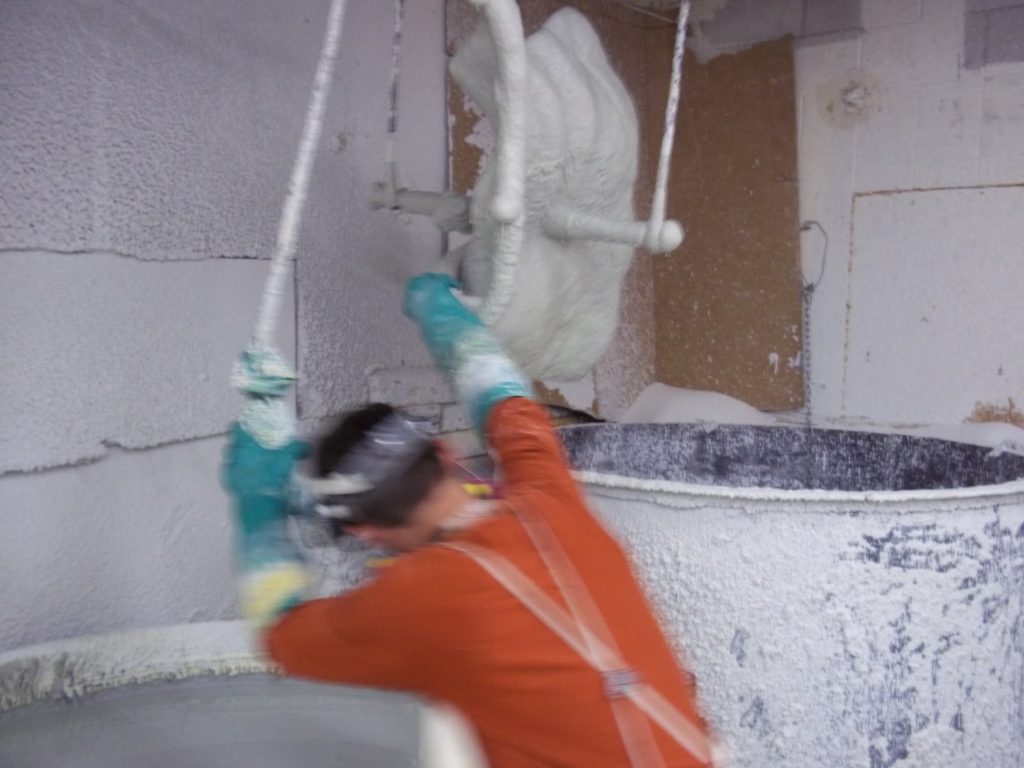
Look What I Found On The Grambling University Website
When I spoke to the University this week I was told that everyone wanted to know where to find the blog about the making of their tiger. I guess some still don’t know that there is blog at http://www.gramblingtiger.blogspot.com that has been dedicated to just the making of the tiger. My university contact said they will try to put the link of the tiger project blog on the front page of the website. I went there today and didn’t find that, but I did find a link to the “Campus Beautification Project.” Further digging gave me a slide show of the dedication of the space for the tiger. Seems like there are others getting ready, other than us at Bridgette Mongeon Sculpture Design Studios in Houston, Texas and Shidoni Foundry in New Mexico.

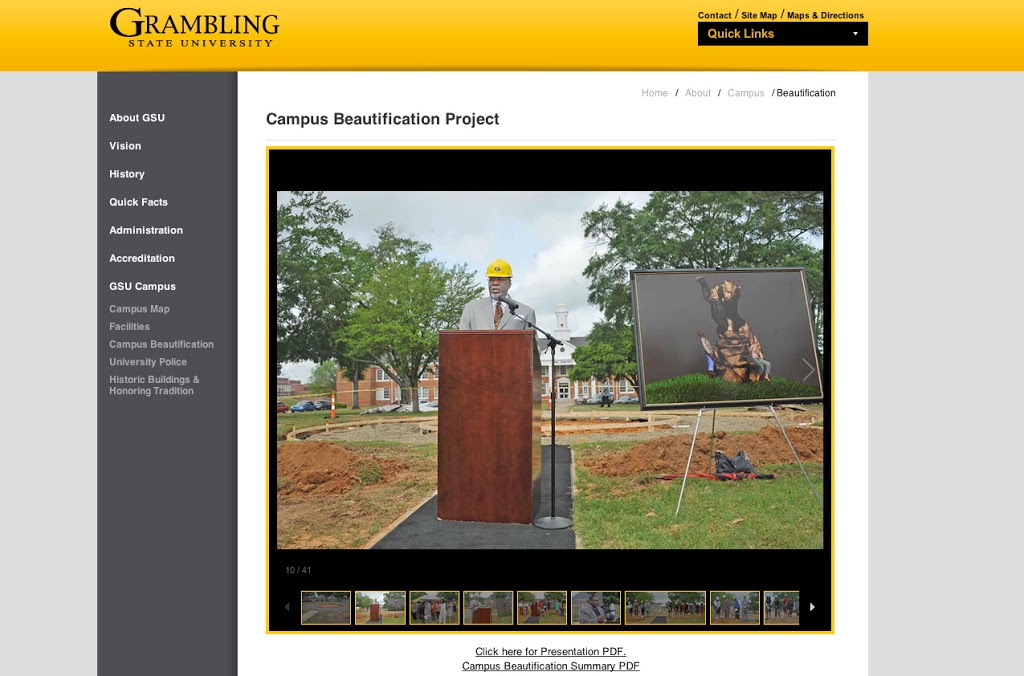
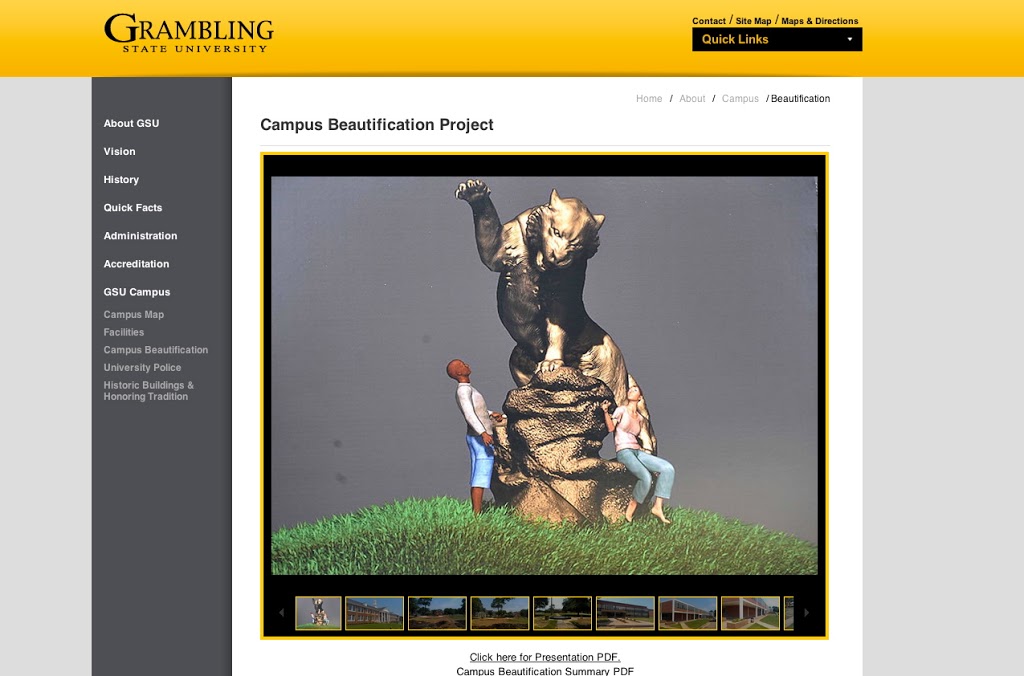
Will We See The Tiger For Homecoming?
This is a question that everyone is asking. I have just sent Shidoni Foundry an e mail and asked them the same question. It means that they would need to finish the sculpture by the middle of October so that I can go to see the metal and approve the sculpture for patination, the coloring.
I have told Grambling, “Lets not sacrifice the art for the deadline, but we will do everything we can.” If Shidoni can make this deadline I will say it is a miracle, but they have a lot of people and are making headway, so stay tuned!
Update From The Foundry- Waxes
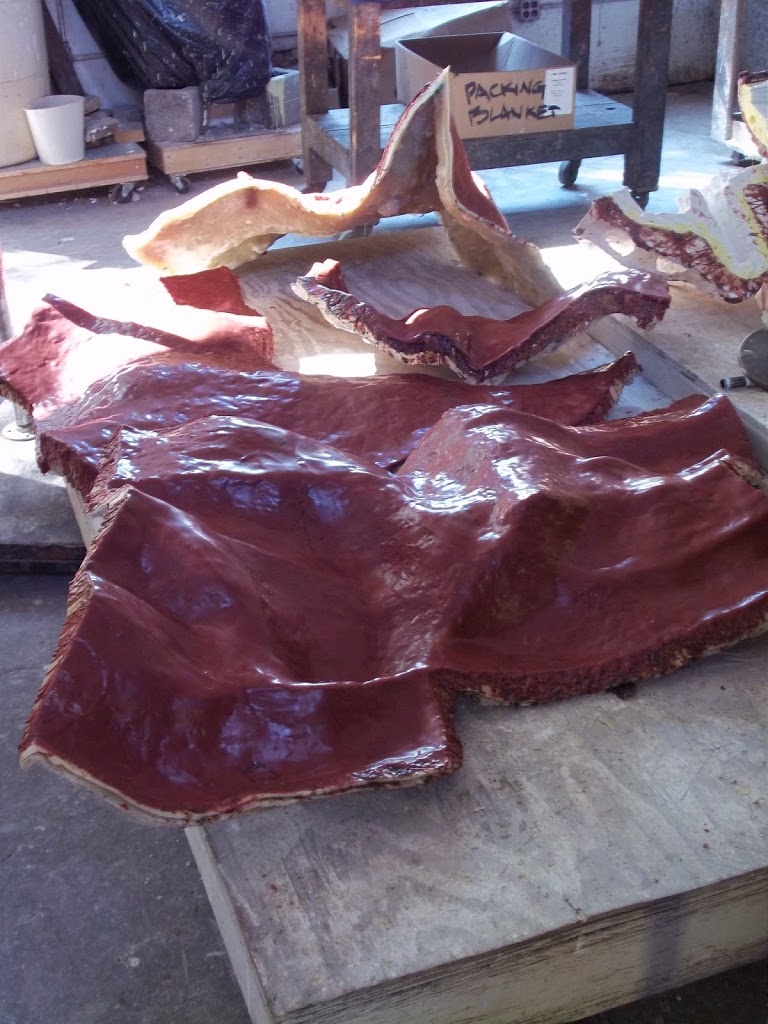
If you have been following along with the sculpting process of the Grambling State University Tiger then you know that the molds have been taken to Shidoni Foundry in New Mexico at the end of July and they are now being worked on there.
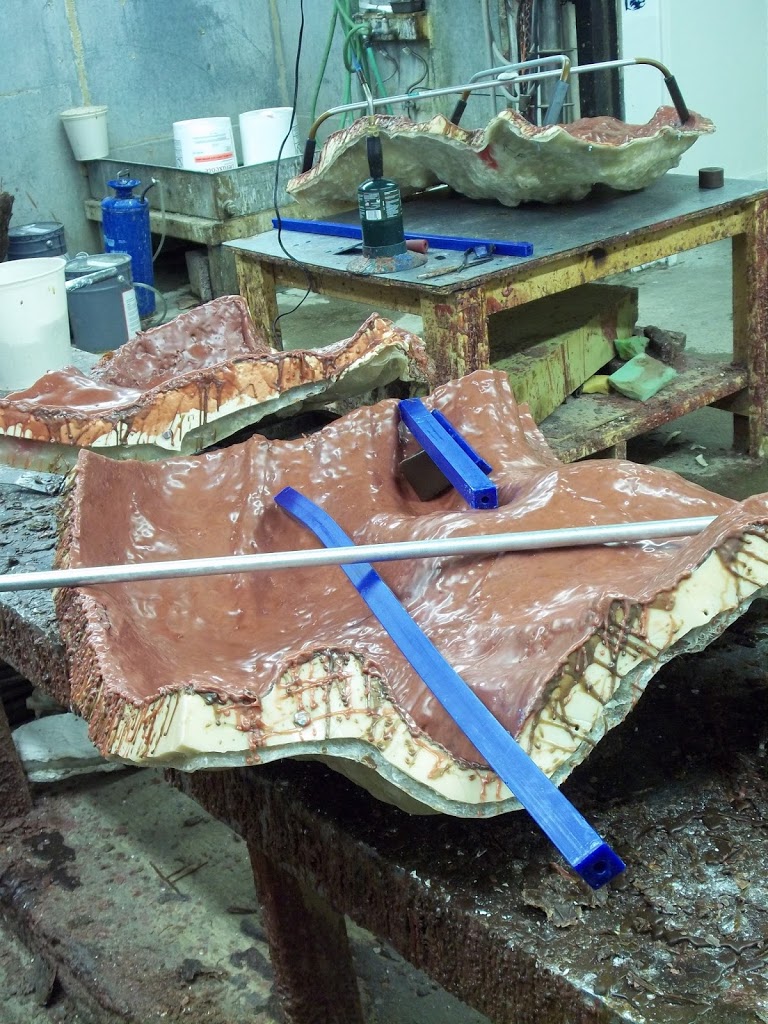
The first step to the mold making process is the wax. If you refer back to the mold making process you will find that there were rubber molds made of every piece of the sculpture. These rubber pieces were covered in a fiberglass mother mold. Now, the inside of each of these molds must be painted with wax.
I figured the foundry would start with the massive rocks, and I was right. The wax is painted into the mold and then each mold section must be gated up. Gates and pour cups give the metal a channel to flow through and allow the gasses to escape to give a clean pour.
Shidoni is known for their monumental sculptures and creates larger bronze pieces. I was curious about the metal bars on the waxes. In my 30 years of working in bronze I have never seen that. I contacted the manager to ask him to define the process.
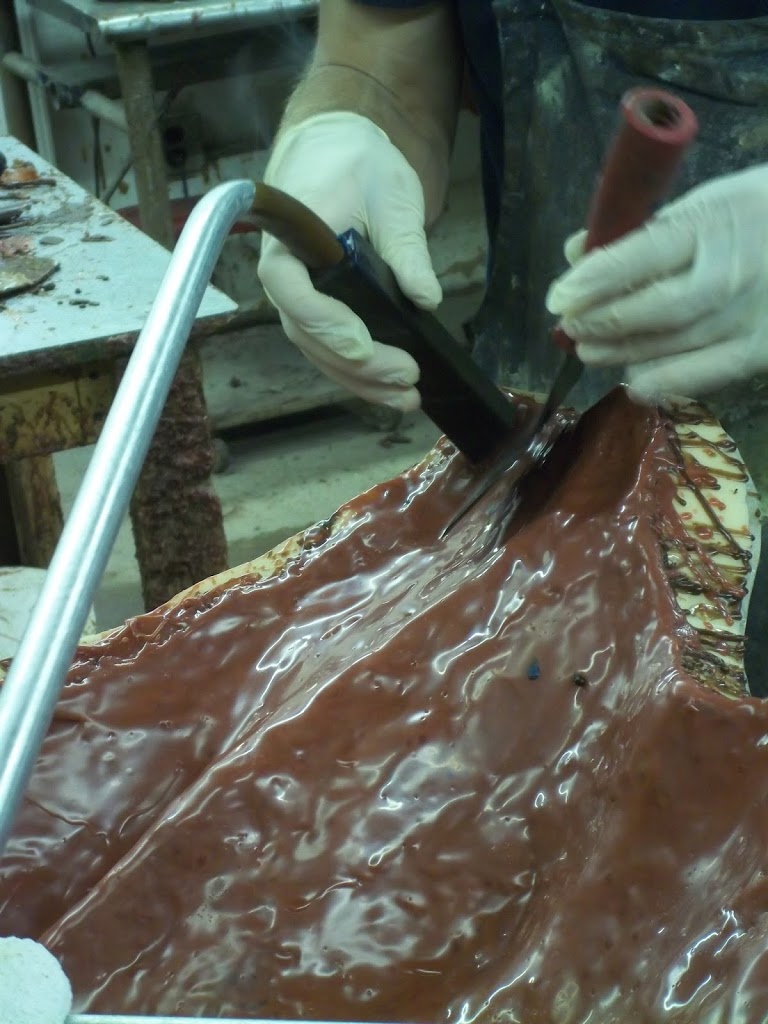
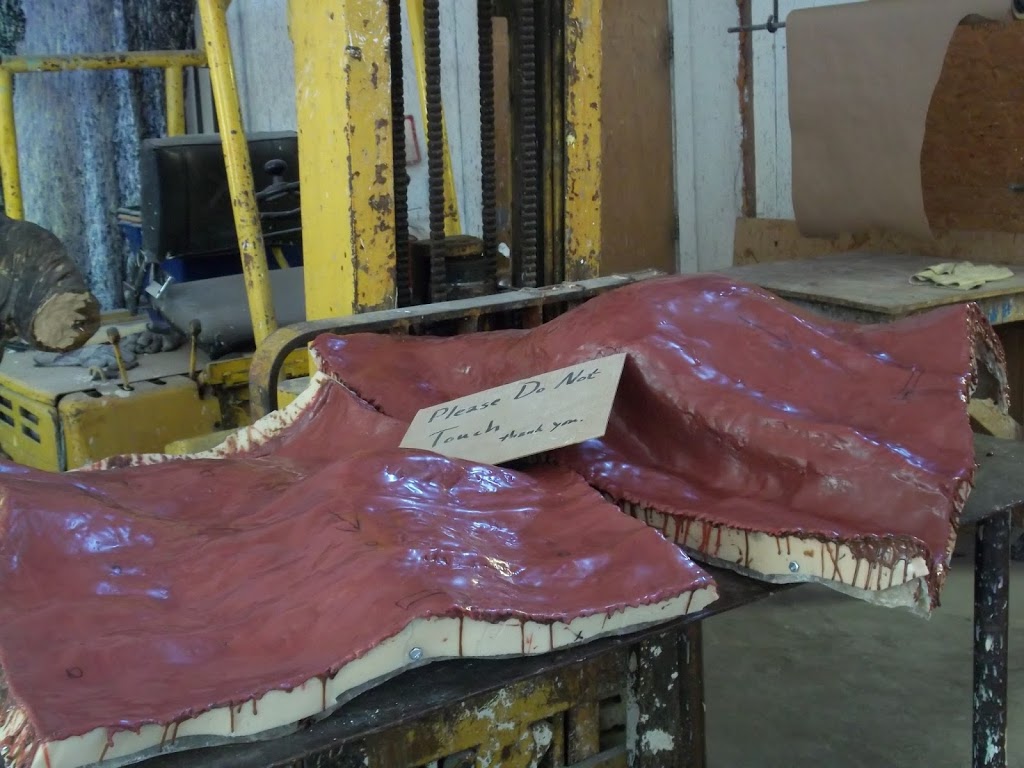

The Tiger Has a New Home, at Shidoni Foundry in NM!
The foundry that is casting this sculpture is not in Houston, instead it is in New Mexico. That means three things:

a road trip to NM.
1. The tiger molds need to take a trip from Houston, Texas to Shidoni Foundry in Santa Fe, New Mexico.
2. The molds will eventually need to come back to Houston. I’ll be flying back to NM to look at the metal and approve the sculpture before it ships out.
3. The sculpted tiger will be taking a long trip from Santa Few, New Mexico to Grambling State University in Louisiana. It would be fun to see if anyone can spot it on the long journey.
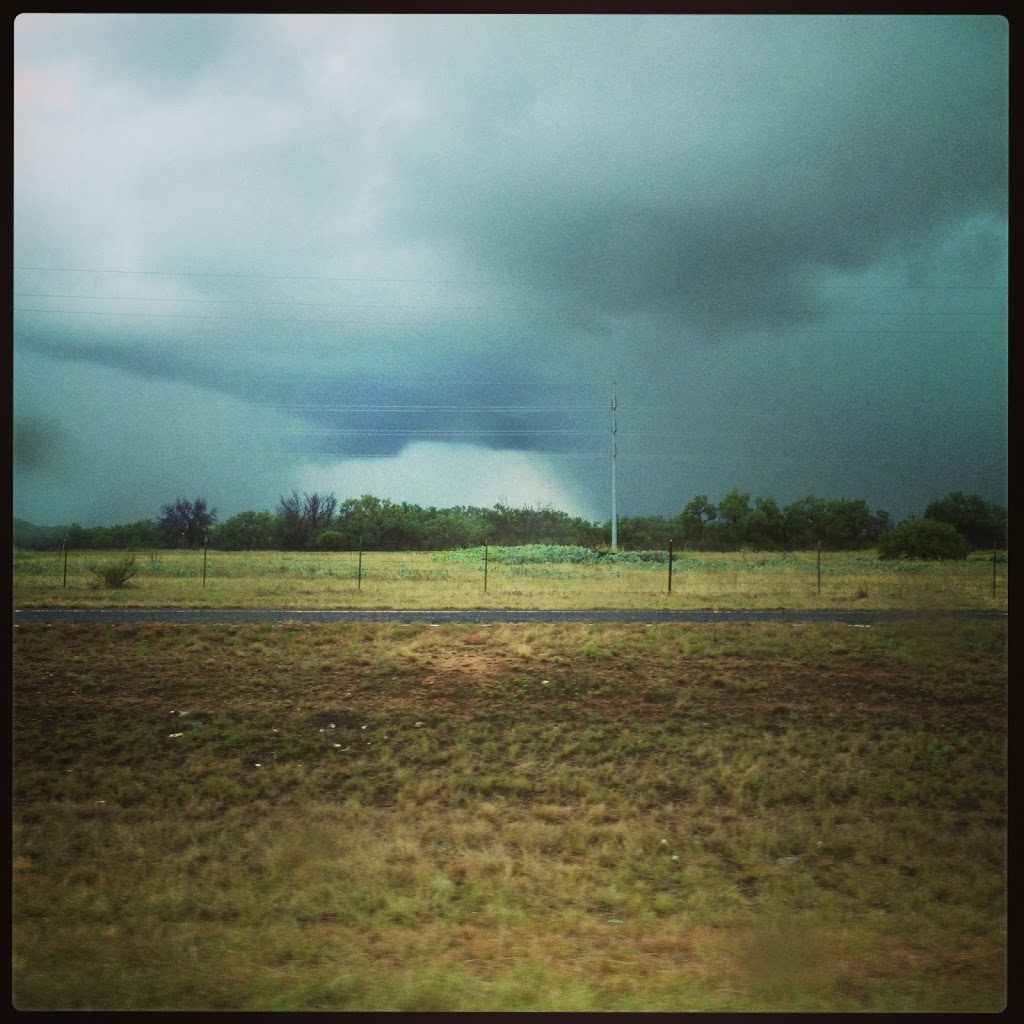
We were trying to outrun an unusual storm that was coming from the southeast.
If you have been following this blog you will see that the sculpting is complete, and 1/2 of the foundry process is complete. The molds have been made and now the foundry will be painting waxes in all of these molds. I’ll keep the documentation going with the help of Shidoni.
DATE OF INSTALLATION? We are all trying to have the sculpture on campus by Nov 2nd for homecoming, but there are no promises. A lot of coordinating needs to be done for this to happen. Stay tuned.
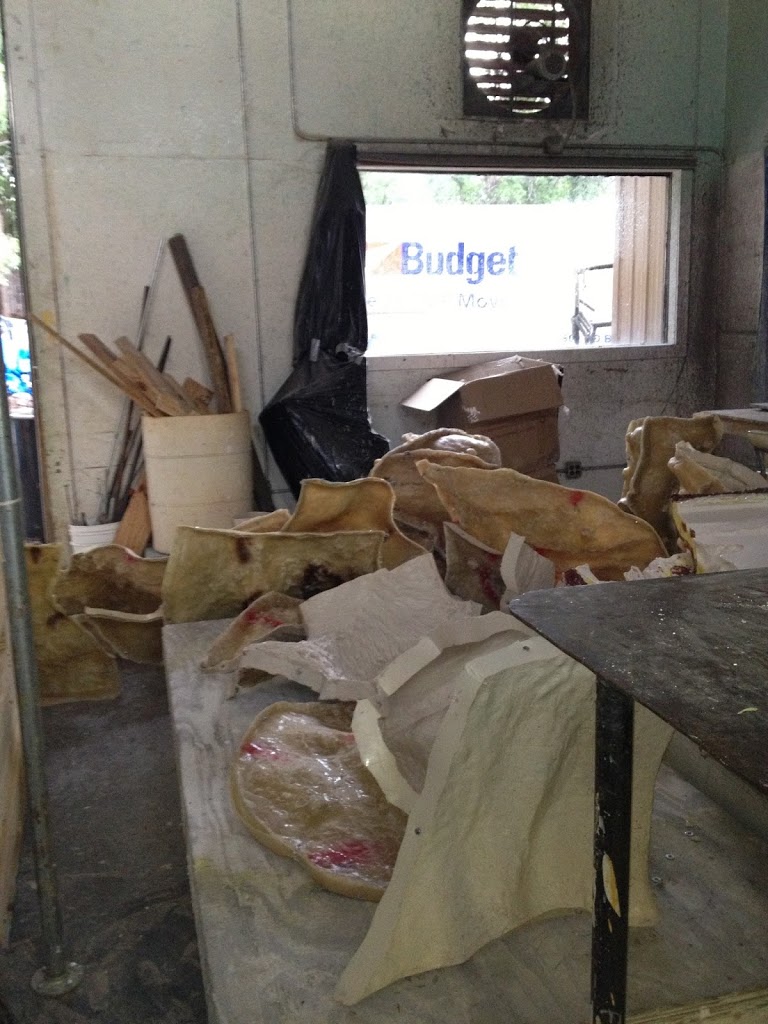
I’m looking forward to seeing the entire thing together. Remember I could not see all of the rocks with the tiger as it was not feasible to put it entirely together in the hot warehouse in Houston. I can’t wait to see it all together at Shidoni.
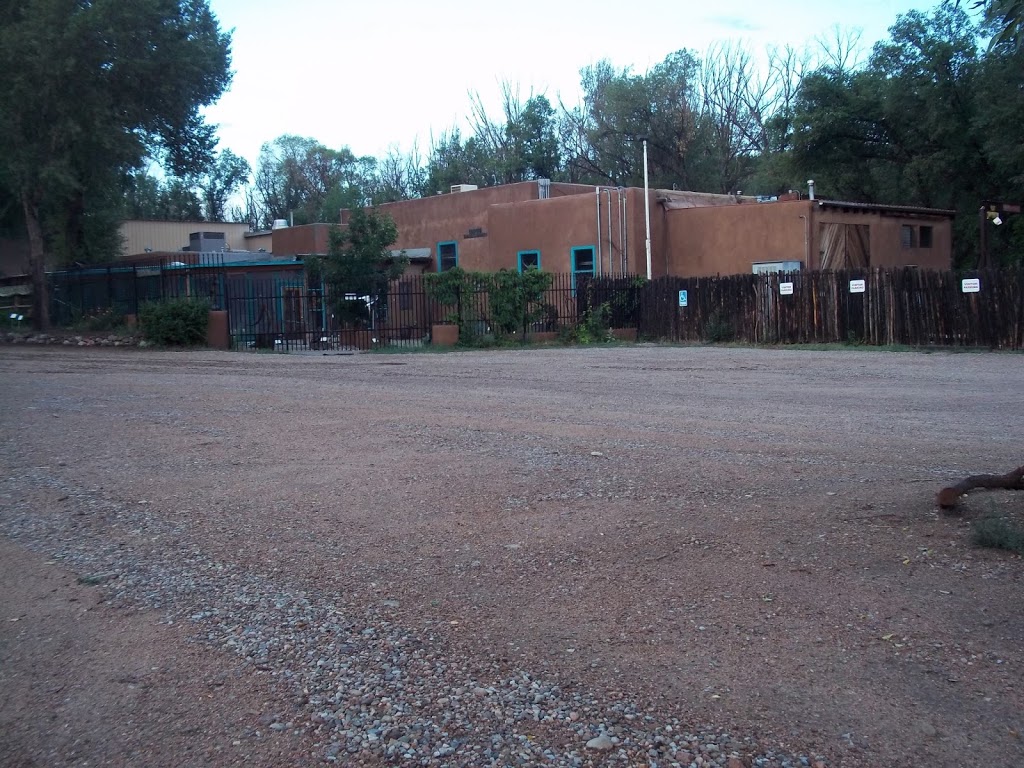
I have always wanted to cast my sculptures at this foundry.

How To Put This Back Together
Can you imagine being a person at the foundry and getting all of these many, many molds and trying to figure out how to put this back together. Documentation! Today I finish the book that will be shipped with the tiger sculpture. It documents how many molds there are and how to put the sculpture together.
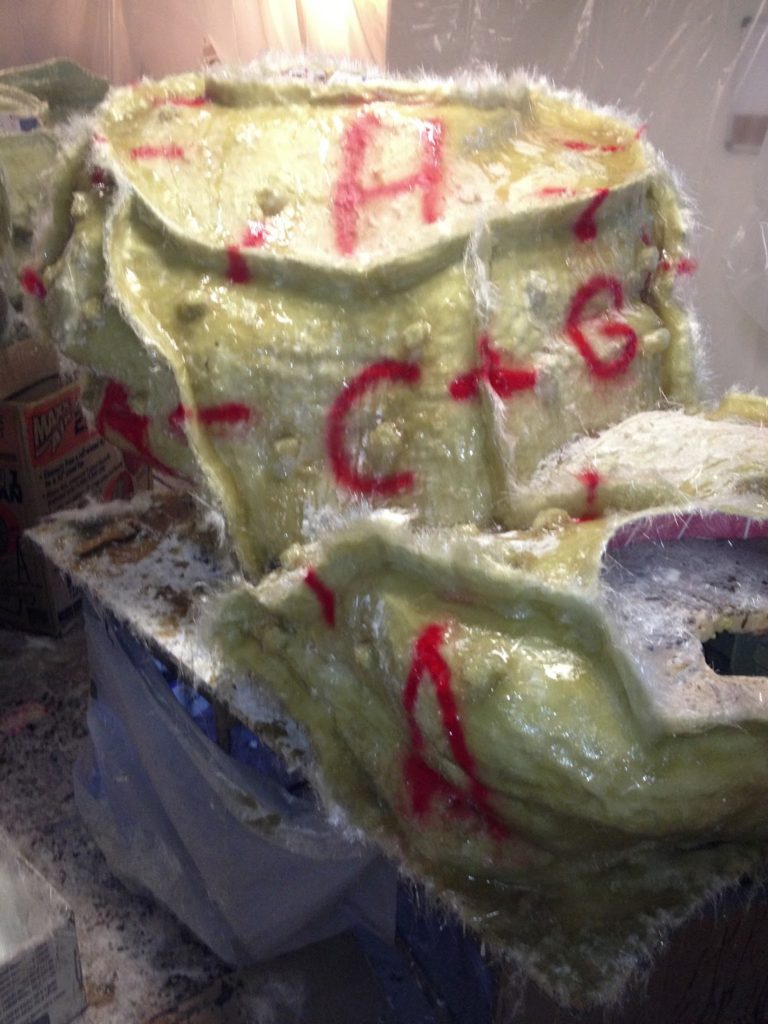
The upper rock is labeled before the mold is taken apart. The lines in between are registration lines.
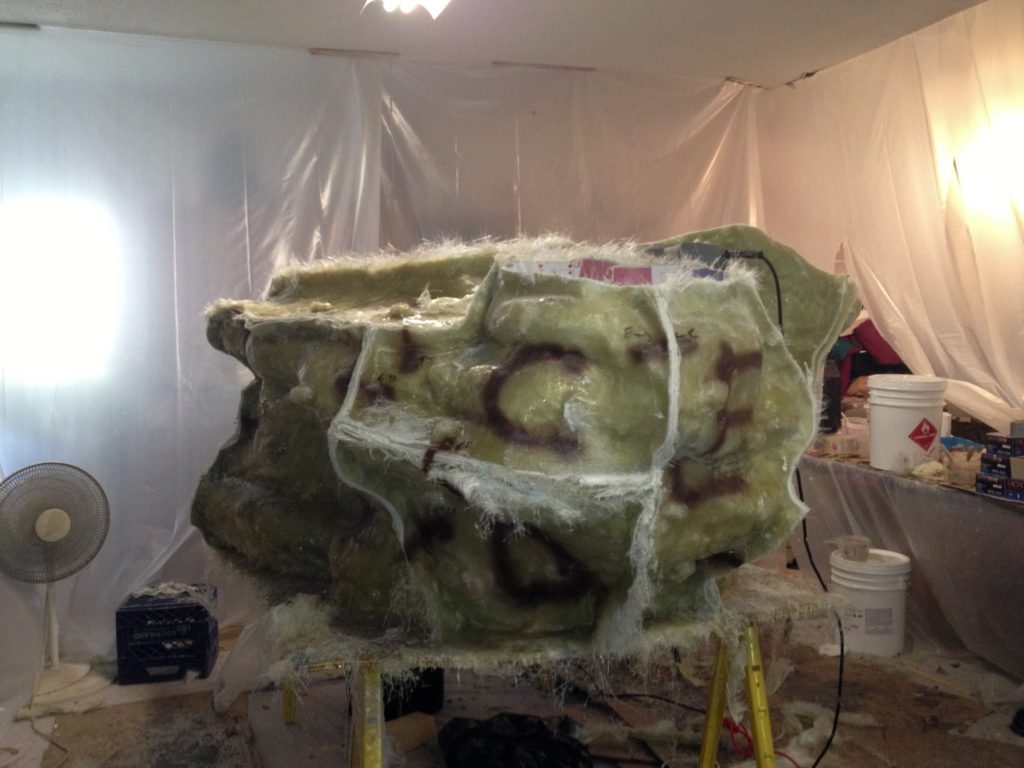

Can you imagine getting this and wondering what part it is?
labeling is important. Guess which part of the tiger this might be.
So Busy I Have Not Been Able To Post, But Here Is The Latest

We finally finished all of the molds on the tiger. As you have read in previous posts we needed a rubber mold and a mother mold. Once that was done it was on to the rock. First we put the upper and lower section of rock together and then cut it in half for mold making. We could not do resin and fiberglass outside of the studio so we coated the inside of my home studio with plastic. It made it look quite spooky but it served its purpose. The same process took place on both the upper and lower rocks. First rubber was painted on and then fiberglass. We worked long hours and one night worked through until 8:00 a.m. I’m really doing my best to try to get this to the foundry as early as possible. Next week, when I am at the foundry, we will find out if the sculpture can be delivered in time for homecoming.
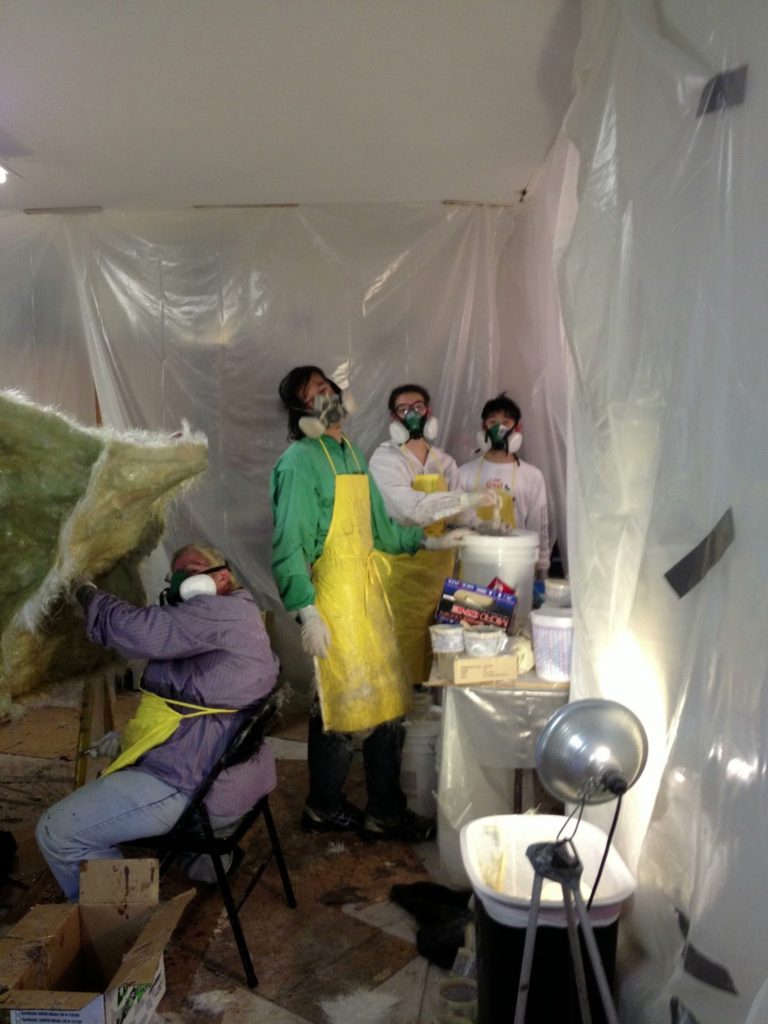


The studio is coated in plastic to protect from fiberglass fibers and dust.

All Night Long!
We are burning the midnight oil, and someways working All night long. Five interns are on call. Just to be able to finish the tiger by next week so that we can bring the molds to the foundry in New Mexico. More updates soon.

